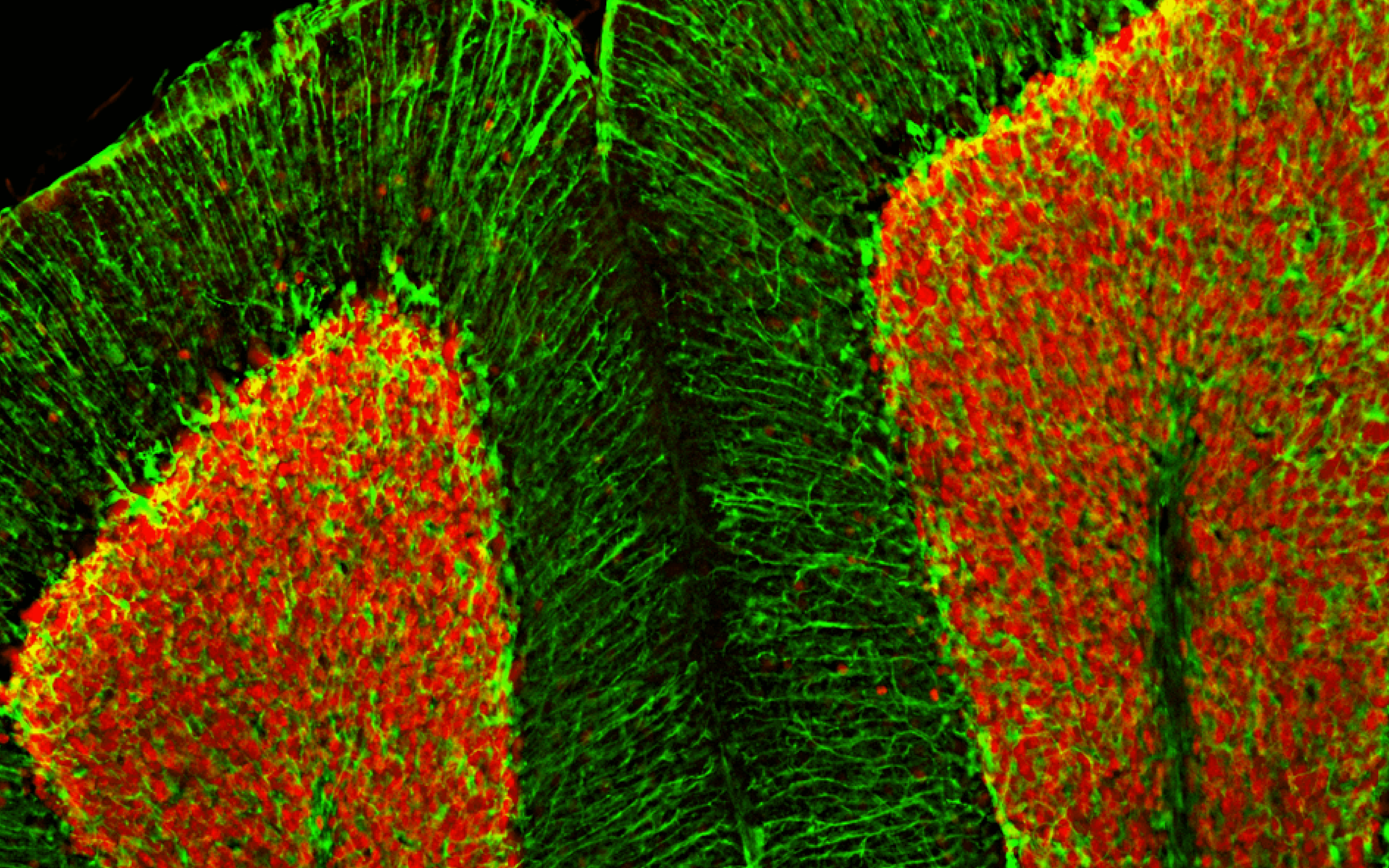Primary antibodies are immunoglobulins that bind directly to antigens with high specificity and high affinity. Primary antibodies can be conjugated to reporter enzymes or fluorophores, or combined with secondary antibodies to detect, purify or measure biomolecules of interest. Common laboratory applications of antibodies include western blot, immunohistochemistry, immunoprecipitation, flow cytometry and ELISA.
We offer over 75,000 unconjugated and directly conjugated primary antibodies directed against more than 14,000 targets. Our catalog of primary antibodies includes over 24,000 monoclonal and recombinant antibodies for high batch-to-batch reliability and known antigenic specificity for reproducible results. We also provide custom antibody production services.

Monoclonal antibodies made with recombinant DNA in an expression system. Highly pure and consistent.
Antibodies that bind to a single known epitope for high reproducibility.
Mixtures of multiple monoclonal antibodies for binding to multiple, known epitopes.
Antibodies from a variety of host species that recognize multiple epitopes.
Research-use monoclonal antibodies with the same amino acid sequence as therapeutic antibodies.
Antibodies lacking additives that might otherwise interfere with live-cell experiments or conjugations.
Antibodies already conjugated to fluorophores or enzymes to eliminate the need for secondary antibodies.
Highly validated antibodies that have had their specificity confirmed by knockout validation.
Nature Communications
Engineering stringent genetic biocontainment of yeast with a protein stability switch
Nature Communications
Mechanism and regulation of cargo entry into the Commander endosomal recycling pathway